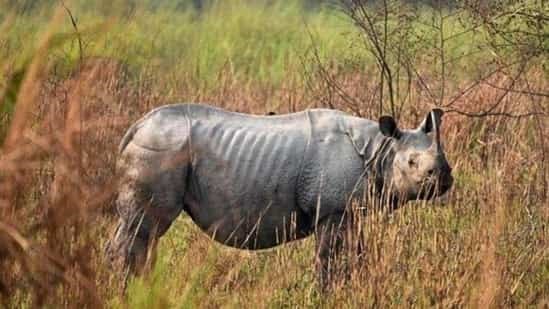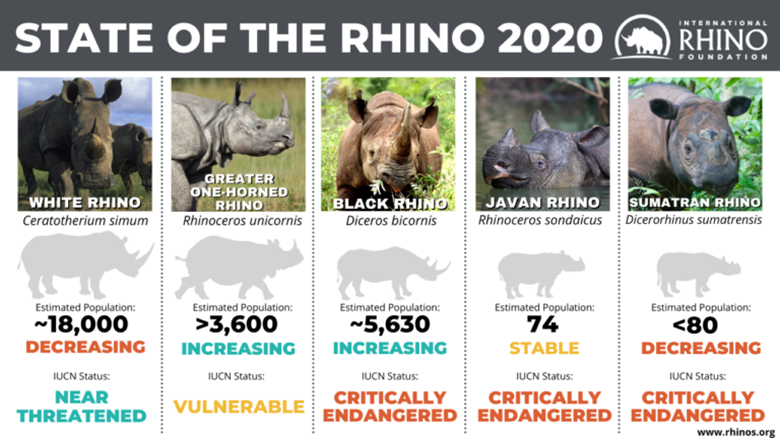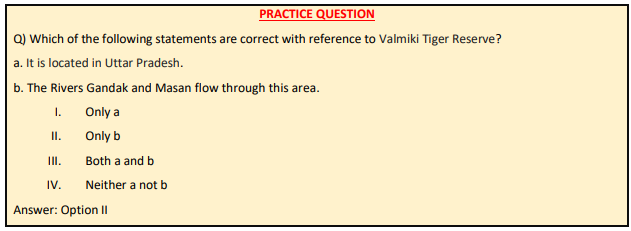Description

Copyright infringement not intended
Context: The state government has also decided to increase rhino bearing areas in Valmiki Tiger Reserve (VTR) in West Champaran district by five per cent in the next two years.
Details:
- The Bihar government has also decided to increase the population of greater one- horned Rhinos by three per cent annually in the state.
- Decision to increase the population of greater one-horned Rhinos by three per cent annually was taken at the 3rd Asian Rhino Range Countries Meeting held at Chitwan (Nepal).
- Five Rhino Range Countries countries - India, Bhutan, Indonesia, Malaysia and Nepal - signed the Chitwan Declaration for Asian Rhinos Conservation (2023) and agreed on managing the population of the greater one-horned Rhinos, Javan and Sumatran Rhinos with the intention of achieving at least 3 per cent annual growth rate in their population.
.jpeg)
About VTR:
- The VTR has been selected as one of potential sites under the National Rhino Conservation Strategy.
- The VTR occupies a core area of 909.86 sq km of the Valmiki Sanctuary located in the West Champaran district of Bihar.
- The VTR was established as the 18th tiger reserve in 1990 and ranked fourth in the density of the tiger population.
- The Rivers Gandak and Masan flow through this area.

Copyright infringement is not intended
Great Indian rhinoceros:
- The Indian rhinoceros also called greater one-horned rhinoceros or great Indian rhinoceros is a rhinoceros species native to the Indian subcontinent.
- It is the only large mammal species in Asia to be down-listed from endangered to vulnerable in the International Union for Conservation of Nature, IUCN Red list in 2008.
- The extent and quality of the rhino's most important habitat are considered to be in decline due to hunting, agricultural development in tarai region and livestock encroachment.
- Indian rhinos once ranged throughout the entire stretch of the Indo-Gangetic Plain has reduced drastically to 11 sites in northern India and southern Nepal.

National Rhino Conservation Strategy for India:
- It called for active engagement between India and Nepal to conserve the greater one-horned rhinoceros.
- The single population of rhinos in Sukla-Phanta (Nepal), Valmiki tiger reserve (India)and Chitwan National Park (Nepal) and Dudhwa (India)is separated by the political boundary between the two countries.
- Instead of managing the two populations differ in the two countries, plan focus on the managing rhino population with the same protocol.
- The plan calls for expanding distribution range as occurrence of 90 per cent of the rhino in one protected area is a cause of concern.
- It also calls for strengthening protection, having dedicated research and monitoring and strict enforcement.
- The objectives include
- strengthening protection,
- expanding the distribution range,
- research and monitoring, and
- adequate and sustained funding.


https://www.hindustantimes.com/environment/bihar-to-increase-population-of-greater-one-horned-rhinos-by-3-annually-101676788512821.html














